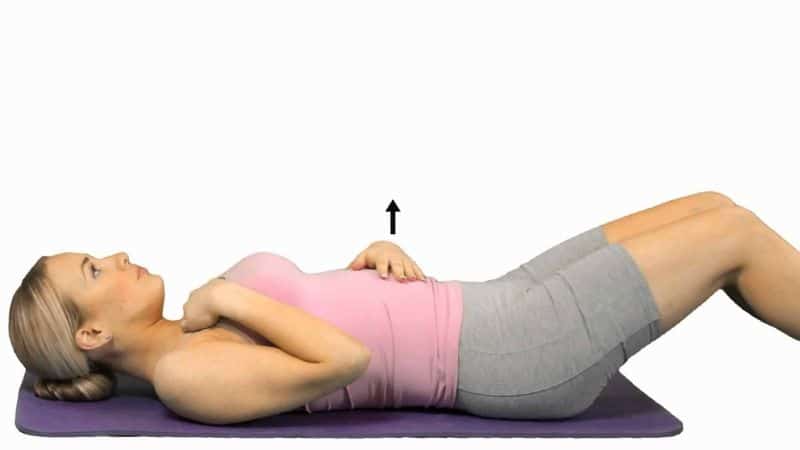Maximise your Cardiovascular Fitness with Breathing
An athlete takes around 15 breaths a minute – over 20,000 breaths every day. The form and rhythm of this breathing influences every movement you make so it is important to make sure you develop good breathing habits.
The correct breathing is not only important for oxygenating your tissues but also for stabilising your core to protect your spine. A good breath can also increase your ability to run more efficiently or exert more power when it comes to sprinting or weight training.
One of the most common problems with breathing is underutilisation of belly/diaphragmatic breath. In this article we will examine effective inhalation so that you can learn how to maximise the benefits of breathing in order to increase the circulation of oxygen in your body.
Inhalation
There are 3 parts to the inhalation and they happen in the following order:
1) The first part of your inhalation should go into the lower third of your lunges – this is where most of your oxygen receptors are and is the most important phase of breathing. If you watch a baby breathe you will see their stomach move in and out as they push their diaphragm down and inhale and fill the lower section their lungs. This is exactly what you should do, belly breathe.
2) Fill the middle third of your lungs by expanding the rib cage. If you place your fingers on the side of your ribcage, as you breathe you should feel your ribcage widen by around 2 inches.
3) The easiest and last phase of breathing – the chest breath. For many people chest breathing is the only breathing they do, limiting the oxygenation of their tissues and stability of their core.
If you have gotten into the habit of chest breathing it creates a myriad of problems. Firstly most of the body’s oxygen receptors are at the bottom of the lungs, when you don’t use your belly breathing the body isn’t able to maximise the use of oxygen in your body. It also creates problems for the upper respiratory muscles, increasing tension in the neck and can even cause anxiety, not to mention the obvious drop in performance as an athlete. The good thing is these habits can be changed!
Learning how to breathe correctly will enable you to:
- oxygenate your body effectively
- maintain a calm state within the body – avoiding stress and anxiety
- increase your intra-abdominal pressure to help stabilise your core
- enable you to exert power into your movements
- perform at a higher level
To learn more about how to breathe correctly to increase your performance and decrease anxiety and stress on your neck muscles talk to your FORM Fitness Trainer

